Top tech for 2009
If you want to make good IT business decisions, it pays to know what's on the horizon. With 2008 safely out of the way, we take a look at what we can expect from tech in 2009.


What can we look forward to in the fast moving world of business IT? We gaze into our crystal ball to predict what's going to be big for the coming year in tech.
Windows Azure
Cloud computing was one of 2008's biggest buzz words, but in 2009 it's likely to become more than that. Put simply, cloud computing refers to hosting applications on the Internet. It's best known mainstream application to date is Google Docs, but businesses will be familiar with cloud computing solutions from a number of major vendors, such as Amazon's Elastic Compute Cloud, Salesforce.com's Force.com and Google's own App Engine.
In the current economic climate, the ability to offer computing-on-demand offers great appeal to companies looking to make the best possible use of their limited budgets.
Microsoft seems to like to come late to the various tech parties such as its last-in approach to virtualisation with Hyper-V and only announced its cloud computing initiative at Professional Developers Conference in October.
It may be ironically named, seeing that the dictionary definition of Azure is that of a clear and unclouded sky, but even so, Azure is a technology that companies should look out for. Enterprise will like it because it uses the .NET Framework, making it familiar territory for developers, and it will tie in nicely with Exchange and SharePoint.
End users can also start to make use of the Azure platform through Windows Live Mesh, Microsoft's consumer-level synchronisation software that even at beta state is already impressing.
Get the ITPro daily newsletter
Sign up today and you will receive a free copy of our Future Focus 2025 report - the leading guidance on AI, cybersecurity and other IT challenges as per 700+ senior executives
Windows Azure is significant as it marks the beginnings of Microsoft's inevitable march away from client-centric applications to a web-based approach. If Microsoft still wants to be dominant in 10 years time, its Azure project will be crucial in achieving that aim and 2009 is where it all begins to take shape.
Multi-touch interfaces
While Microsoft will eventually have to move from the cloud to the web, right now it still has to make sure it has a leading edge operating system (OS). Window Vista's problems have been well documented and rumours are that Windows 7 may arrive before the end of the year. But Windows 7 will almost certainly be on next years' list and one of the reasons will be multi-touch. Microsoft has been building the technology deep into the heard of its next operating system, with larger buttons on the taskbar ready for even the fat fingered to be able to connect with.
However, the likes of Asus, HP and Dell haven't been waiting for Microsoft's next behemoth to arrive. Asus has expanding its Eee PC line with the Top 1602, adding a touch icon driven environment on top of Windows XP. Meanwhile, HP has its TouchSmart range of laptops, with multi-touch gesture support while Dell has its Latitude Tablet PCs. All very swish, literally.
While it's not multi-touch just touch RIM has also innovated with the introduction of its BlackBerry Storm. While the device as a whole has received mixed reviews, the tactile feedback that you get when pressing the screen brings a new dimension to screen responsiveness. As it stands though, Apple remains the only one to have brought multi-touch to a phone. It has also added the tech to the Macbook Air and expanded it to its new look MacBook and MacBook Pro line.
Whether we'll be controlling our servers using touch by the end of the year remains to be seen clue, we won't be there's no doubt that as far as client side products go we're going to be getting increasingly touchy-feely with our products in 2009.
GPGPU
One of our favourite technologies is the use of graphics cards, generally thought of as the exclusive domain of super expensive ninja gaming PCs, for industrial and super computing tasks. This is a technology that's referred to as GPGPU (General-Purpose Graphics Processing Units).
Benny Har-Even is a twenty-year stalwart of technology journalism who is passionate about all areas of the industry, but telecoms and mobile and home entertainment are among his chief interests. He has written for many of the leading tech publications in the UK, such as PC Pro and Wired, and previously held the position of technology editor at ITPro before regularly contributing as a freelancer.
Known affectionately as a ‘geek’ to his friends, his passion has seen him land opportunities to speak about technology on BBC television broadcasts, as well as a number of speaking engagements at industry events.
-
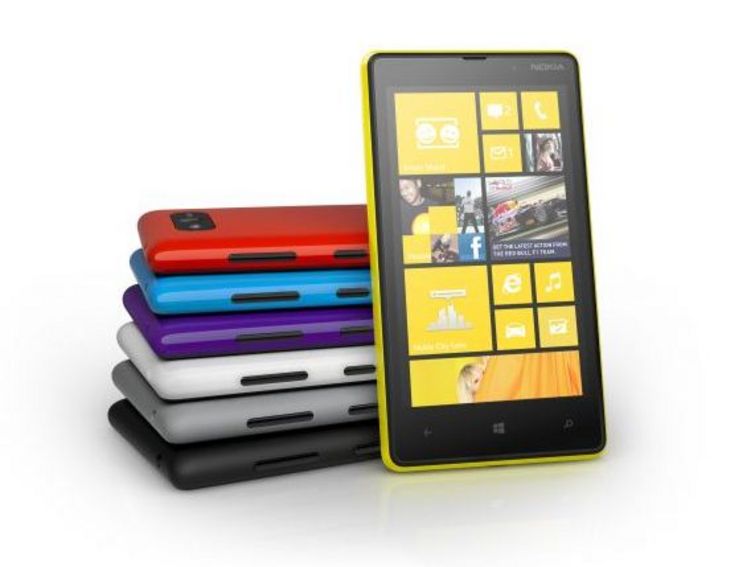 Best Windows Phone apps for 2018
Best Windows Phone apps for 2018Best We list the important Windows Phone apps to help you choose what to download
By Rene Millman
-
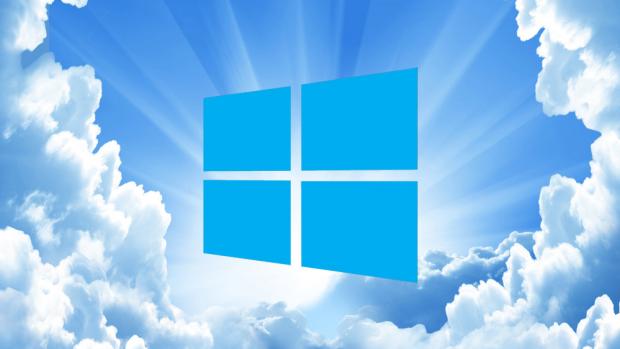 Getting Windows onto your new SSD
Getting Windows onto your new SSDTutorials Whether you want to start afresh or migrate from an existing disk, here’s how to make the move
By Clare Hopping
-
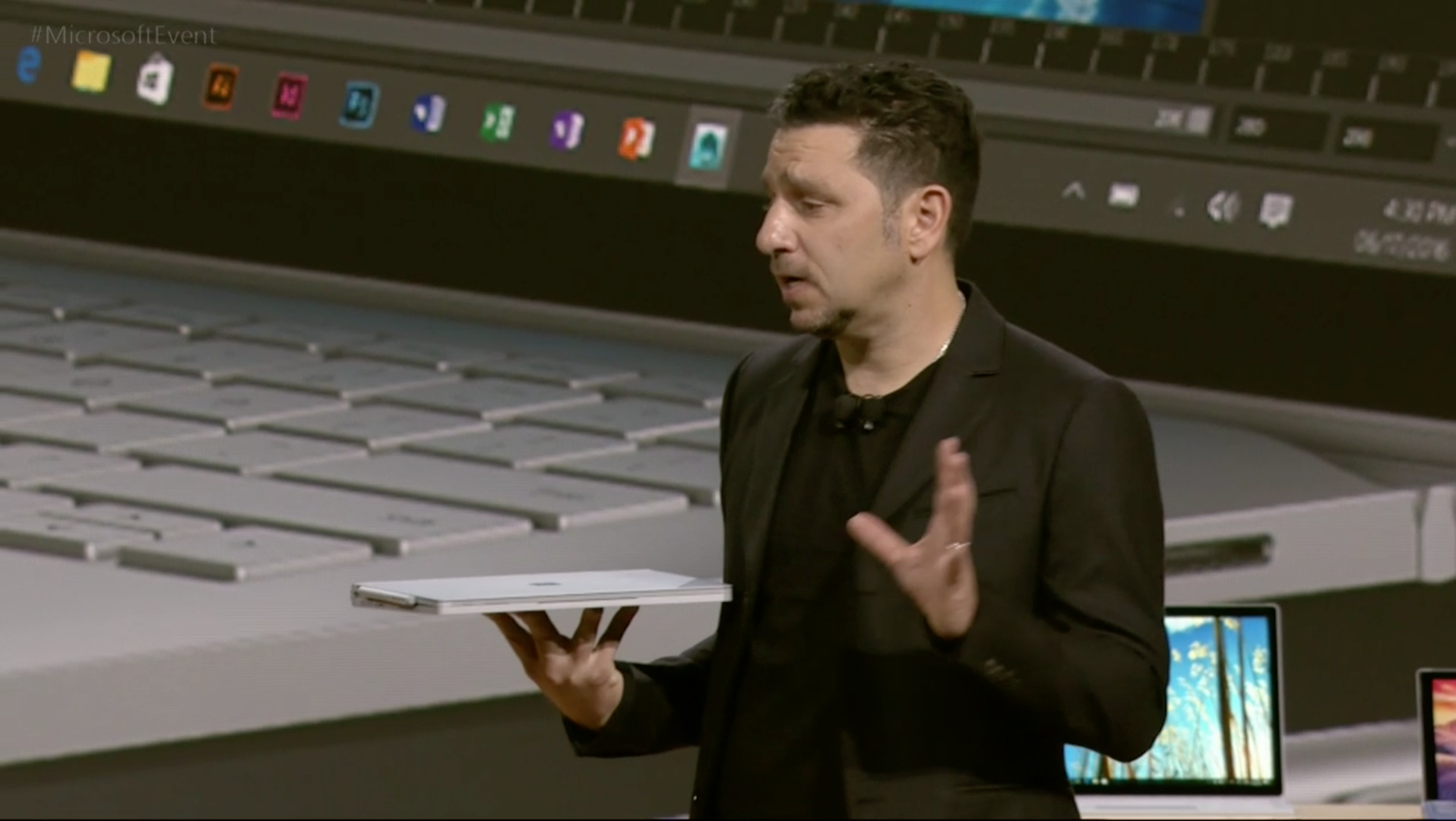 Microsoft shifts its focus on tools and devices for creative professionals
Microsoft shifts its focus on tools and devices for creative professionalsNews At yesterday's event, Microsoft announced several products developed to help people 'create'
By Ingrid Fadelli
-
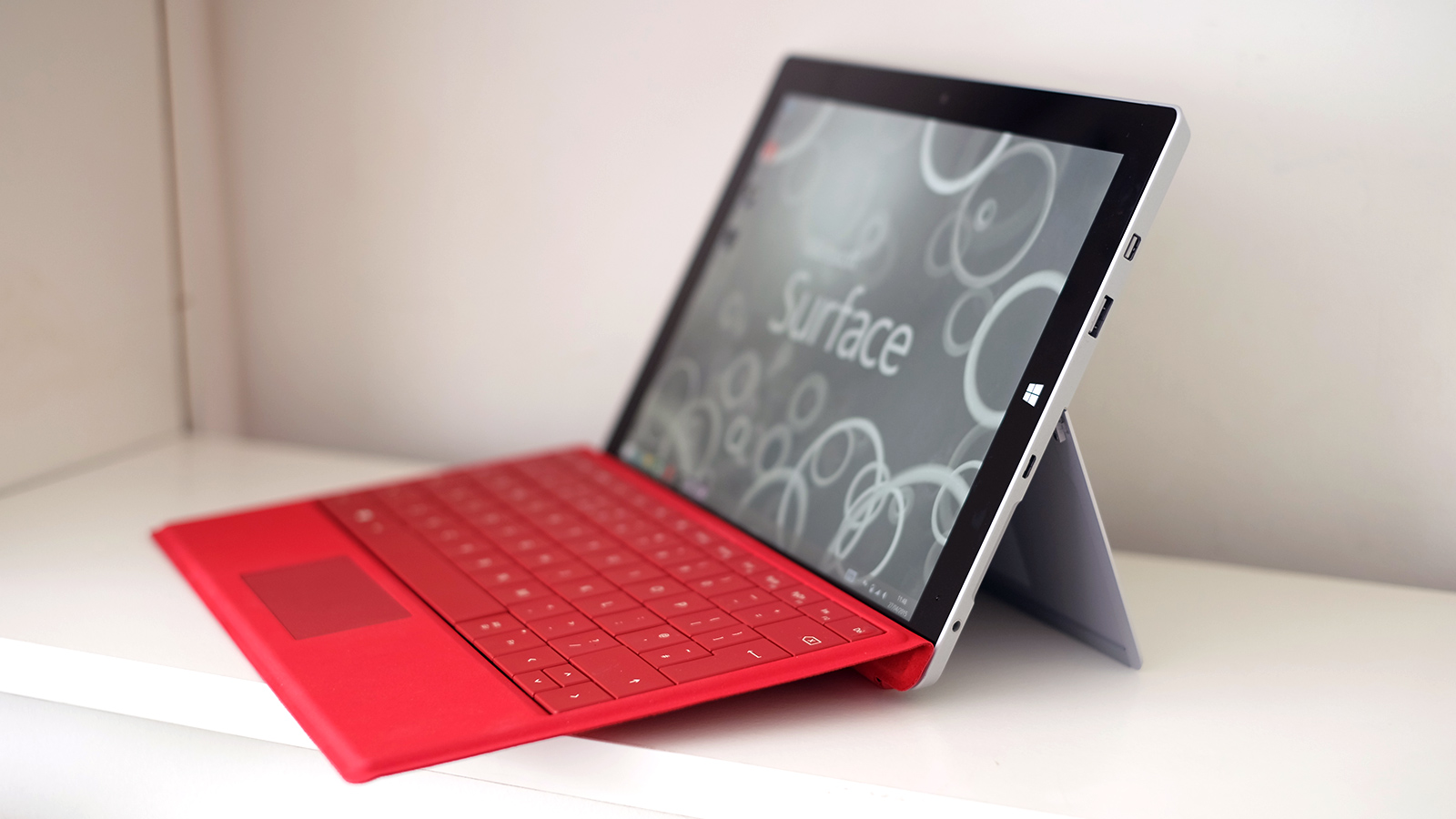 Microsoft Surface 3 review
Microsoft Surface 3 reviewReviews Will it be third time lucky for Microsoft's Surface?
By Andrew Williams
-
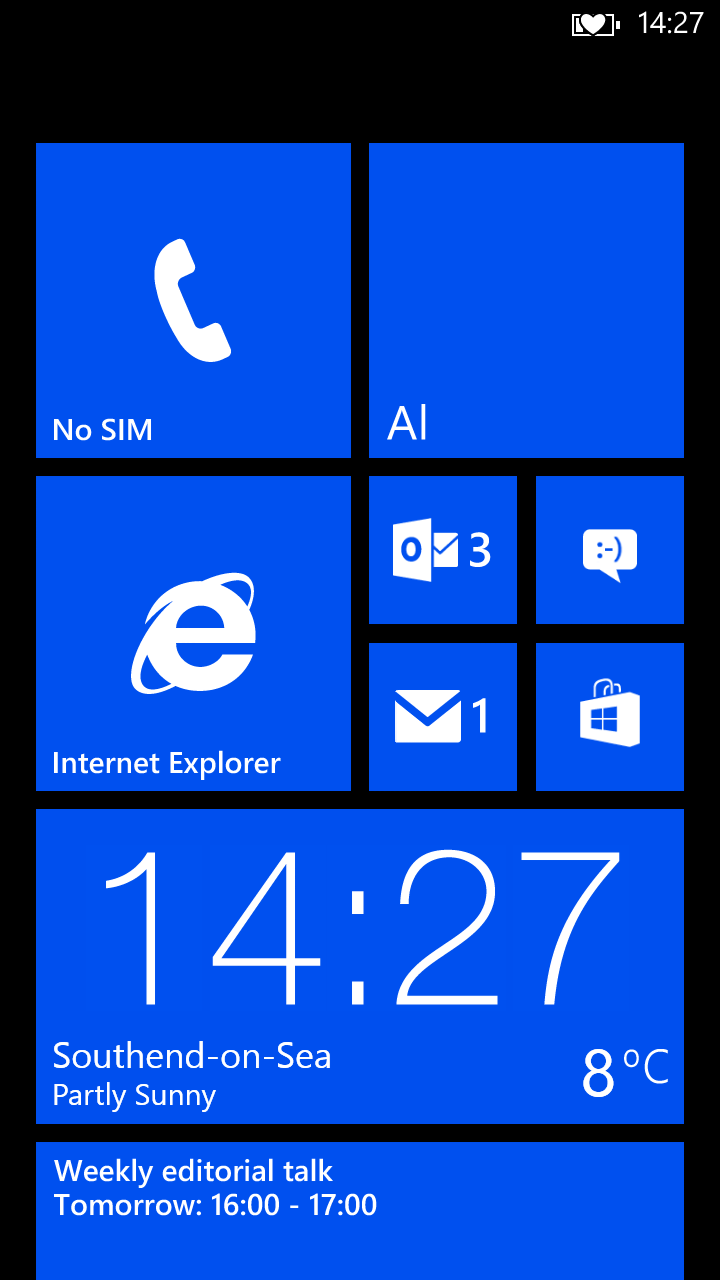 Windows Phone 8.1 released for developers
Windows Phone 8.1 released for developersNews The Windows Phone 8.1 update boasts some of the biggest changes to the platform since it launched
By Clare Hopping
-
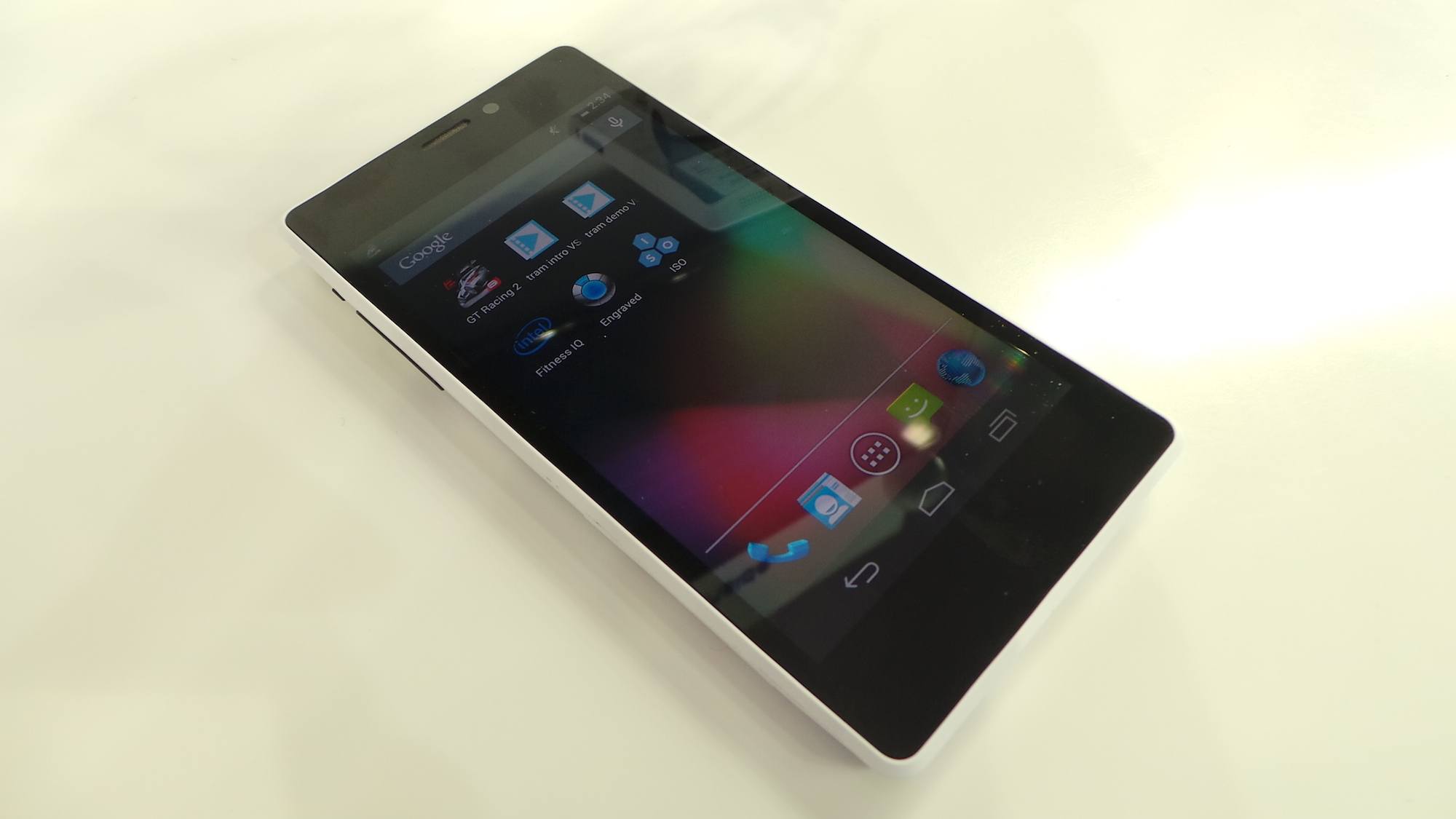 Intel Merrifield: Specs, price and release date
Intel Merrifield: Specs, price and release dateRumours Everything you need to know about Intel's 2014 Atom chips.
By Khidr Suleman
-
 IT Pro's Top Products of 2013
IT Pro's Top Products of 2013In-depth We roundup the best smartphones, tablets, laptops servers and software.
By Khidr Suleman
-
 2013 Year in Review: Top 10 tech news stories
2013 Year in Review: Top 10 tech news storiesNews We take a look back over some of the year's biggest news stories.
By Caroline Donnelly

